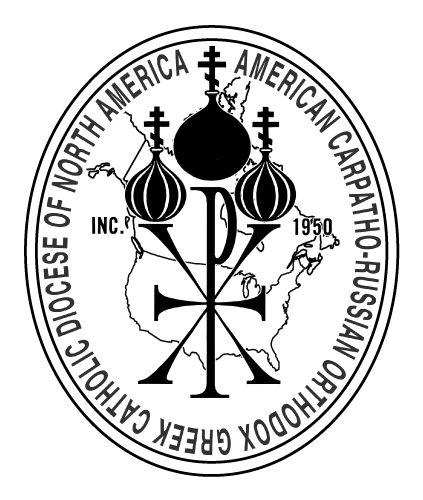The Icon of Theophany
Windows into Heaven: The Icon of Theophany
The Feast of Theophany is celebrated in the Church 12 days after Christmas (January 6th on the New Calendar and January 19th on the Old Calendar). The feast of Theophany is when Christ was baptized by John the Baptist. We can find the account of Christ’s baptism by John in all four Gospels (Matthew 3, Mark 1:1-9, Luke 3:21-22, John 1:31-34).
At first, John did not want to Baptize Jesus, saying, “I need to be Baptized by You, and You are coming to me? (Mt. 3:14). Jesus answered and said, “Permit it to be so now, for thus it is fitting for us to fulfill all righteousness. (Mt. 3:15). Jesus’ baptism symbolizes what He would do for all of us—lifting us up and cleansing us from our sins. St. Gregory of Nyssa writes, “Jesus enters the filthy (sinful) waters of the world and when He comes out, brings up (purifies) the entire world with Him.”
The word Theophany means a “manifestation of God to the world.” The events of this feast are a Theophany because it was the beginning of Christ’s earthly ministry but also because it was a revelation of the Trinity. The Father’s voice is heard saying, “This is My beloved Son, in whom I am well pleased” and the Holy Spirit appears in the from of a dove, resting upon the head of Christ.
We see this and so much more in the icon of the Feast. We see the dove above the head of Christ representing the Holy Spirit. The dove is surrounded by blue and white light, representing the presence of God the Father. Notice the three rays of light below the dove, representing the three persons of the Trinity.
On the left of the icon, we see John the Baptist. One of his hands is on Christ’s head, representing that Jesus is man, while one of his hands is pointed towards the heavens, representing that Jesus is also God. We see Christ Himself of course in the center of the icon, in the waters of the Jordan River. On the right side, we see angels, with their heads bowed in reverence to Christ.
In many icons of this feast, there is a tree with an ax resting against it. In Matthew 3:10, just prior to Christ’s baptism, St. John the Baptist says, “And even now the ax is laid to the root of the trees. Therefore every tree which does not bear good fruit is cut down and thrown into fire.” As we are all baptized in the Church and have received the Holy Spirit, we are all called to bear fruit. The ax and tree in the icon serve as a reminder of this.

